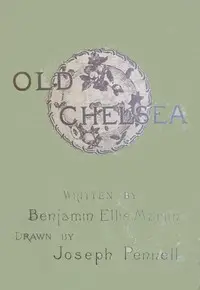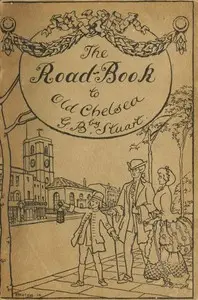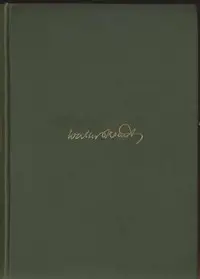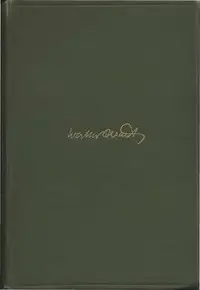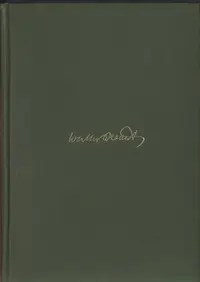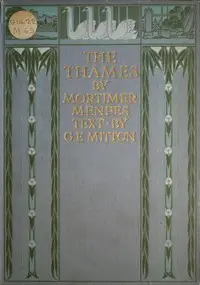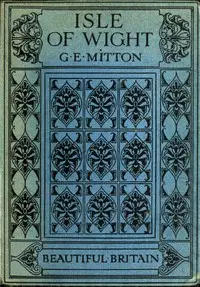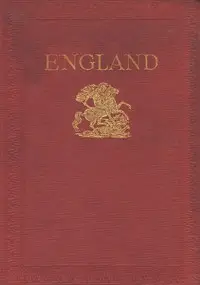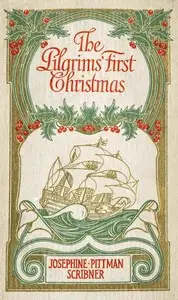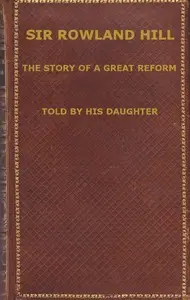"Chelsea" by G.E. Mitton is a deep look into the London neighborhood of Chelsea, revealing its story through architecture and culture. The book starts by explaining Chelsea's name and borders, linking it to important events and people like Sir Thomas More. It highlights Chelsea's changing landscape over time and its connection to historical figures such as Queen Eleanor and Sir Hans Sloane, setting the stage for a good look at Chelsea's history and development as an important part of London.
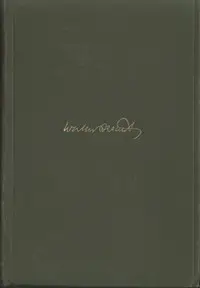
Chelsea
By G. E. (Geraldine Edith) Mitton
Discover the story behind a famous London neighborhood and its celebrated figures with a guided tour of its rich past.
Summary
About the AuthorGeraldine Edith Mitton, pen name G. E. Mitton, was an English novelist, biographer, editor, and guide-book writer. Born in Bishop Auckland, County Durham, she was the third daughter of Rev. Henry Arthur Mitton, a master of Sherburn Hospital. In 1896, she moved to London, where she worked with Walter Besant on his survey of London. In 1899 she joined the staff of the publishing company A & C Black, where she was on the editorial staff of Who's Who. She married colonial administrator Sir George Scott in 1920, becoming his third wife. She collaborated with Scott on several novels set in Burma, and wrote his biography, Scott of the Shan Hills, which was published in 1936, the year after his death.
Geraldine Edith Mitton, pen name G. E. Mitton, was an English novelist, biographer, editor, and guide-book writer. Born in Bishop Auckland, County Durham, she was the third daughter of Rev. Henry Arthur Mitton, a master of Sherburn Hospital. In 1896, she moved to London, where she worked with Walter Besant on his survey of London. In 1899 she joined the staff of the publishing company A & C Black, where she was on the editorial staff of Who's Who. She married colonial administrator Sir George Scott in 1920, becoming his third wife. She collaborated with Scott on several novels set in Burma, and wrote his biography, Scott of the Shan Hills, which was published in 1936, the year after his death.




